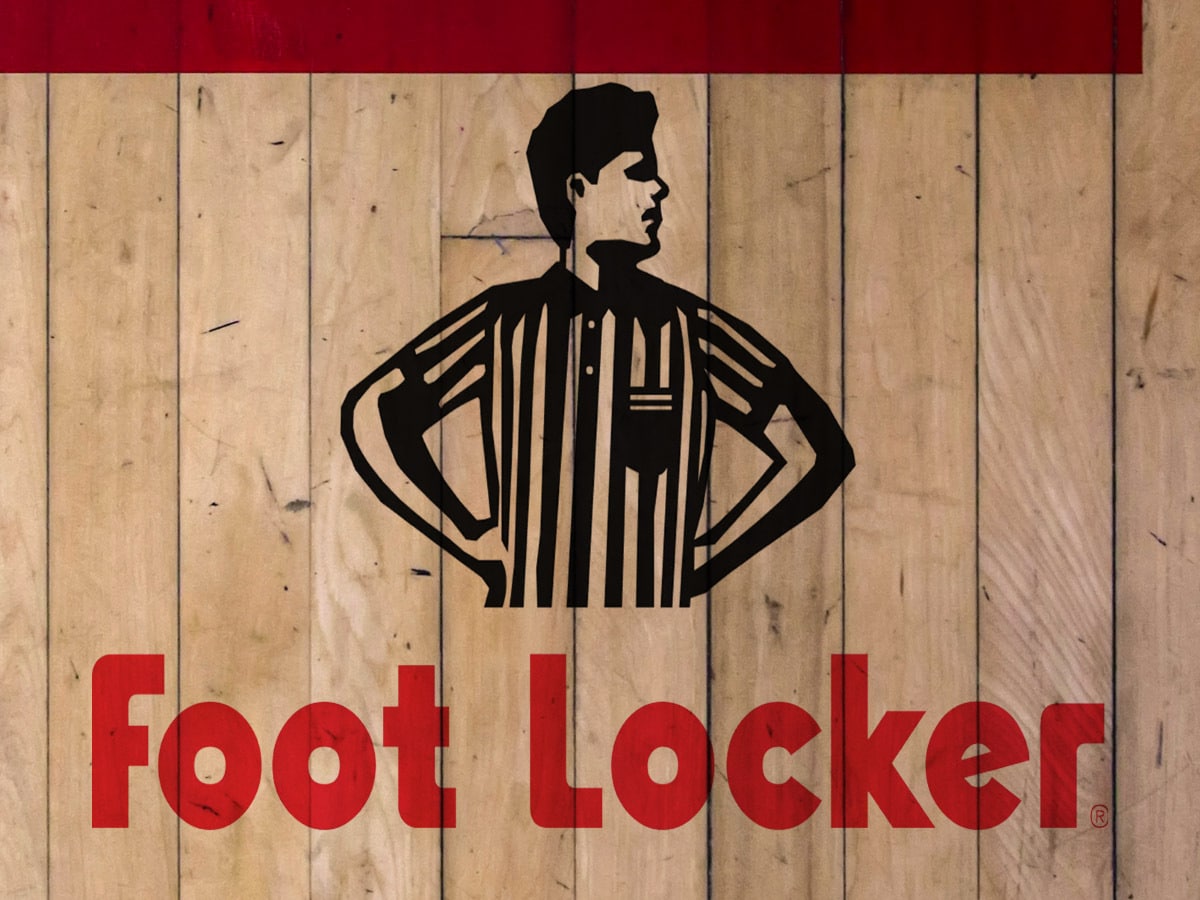If the meme stock debacle has taught us anything, it’s that the market won’t wait for a company’s last dying breath. It’ll bury it long before the lights go out and allow management to watch its own funeral à la Tom Sawyer.
In some ways, this makes sense.
This article was originally written by MyWallSt. Read more insights from the MyWallSt team here.
Most logical people are sceptical of GameStop’s [GME] long-term future — it’s a brick-and-mortar retailer specialising in a digital asset. While it has attempted to revive itself on physical console sales and ridiculous merchandise, we can’t see these generating a growth story for decades to come.
In 2020, the market agreed with me, selling and shorting GameStop’s stock right into the ground. Before the short squeeze really kicked off, nearly 85% of GameStop’s shares had been shorted.
However, these reactions can also be hasty and leave short-term value sitting on the table. Identifying these companies, wringing out the last few ounces of potential and then laying them gently to rest has long been a favourite pastime of the Oracle of Omaha.
Warren Buffett calls it his “cigar butt strategy”. He picks up stock in a company in terminal decline yet temporarily undervalued, waits for the market to come to its senses and then passes the buck. By doing so, he gets “the last few puffs”.
Interestingly, a failed version of this scheme is actually how Buffett started his business empire. In 1962, he purchased a large stake in Berkshire Hathaway [BRK.B], a floundering textile company, as he noticed its stock would pop anytime it closed a mill. After two years of healthy returns, it was time to move on and Buffett attempted to sell the stock back to the company’s original manager Seabury Stanton. However, Buffett allowed his emotions to get the better of him.
Stanton and Buffett verbally agreed to a sales price of $11.50 a share. But, when the paperwork for the deal showed up on Buffett’s desk it was only for $11.38 a share. This angered the oracle so much he bought out Berkshire Hathaway and fired Stanton. Over the years, he adapted Berkshire into the conglomerate we know today but it took longer and cost more. Buffett has since stated that taking control of Berkshire was the biggest investment mistake he ever made.
GameStop’s last few puffs
In the case of GameStop, the cigar butt strategy was deployed by early movers Michael Burry and Reddit celeb/retail investor Keith Gill (AKA Roaring Kitty). Gill went so far as to call GameStop “a cockroach” rather than a “cigar butt”, owing to his belief that the company had the potential to rebrand, diversify and live to fight another day.
Burry scooped up shares in GameStop in early 2019 and began sending letters to management to pressure them to right the ship. At the time, sales were declining, stores were closing and management had taken a pay increase.
Burry stated the “board appears to have fiddled while Rome burned” and lamented the treatment of shareholders who had suffered “massive capital destruction”. With the stock’s price well below $5, he advised the retailer’s team to initiate a $238m stock buyback. He described it as an “unprecedented opportunity” to “pull off perhaps the most consequential and shareholder-friendly buyback in stock-market history”.
As the months progressed and GameStop was pushed further into the mud by pessimistic long-term investors and analysts, Burry called for an even bigger buyback. In August 2019, GameStop had a market capitalisation of $290m, but the company had enough cash on hand to buy back more than 80% of its shares.
By the end of the summer, Burry’s Scion Capital controlled 5% of GameStop while Chewy’s [CHWY] co-founder Ryan Cohen scooped up a 13% stake. With the stock’s short interest close to 100% of float and the internet’s interest peaked, GameStop was ripe for a short squeeze.
And squeeze it did.
Burry cashed out in January of 2020.
Foot Locker — on the brink?
Like GameStop, Foot Locker [FL] would appear to be a company from a bygone era. It’s an in-person retailer specialising in athletic shoes and it’s overly dependent upon a single brand: Nike [NKE]. Worse still, Nike no longer wants to be the belle of the brick-and-mortar ball.
In the past few years we’ve seen the iconic swoosh pull its merchandise from many major retailers like DSW [DBI], Urban Outfitters [URBN] and Dillard’s [DDS]. This is because Nike has taken a page from Lululemon [LULU] and wants to control its customer journey. In 2022, Nike’s direct-to-consumer sales swelled to 50% of total revenue, up from just 16% in 2011. As Nike continues to shrink the amount of merchandise going to wholesalers, it will take a huge bite out of Foot Locker’s business.
And when I say huge, I mean huge.
In 2020, 75% of Foot Locker’s sales were generated from Nike products. To be fair to the company, it did see this change coming down the line and have attempted to adjust accordingly. In its latest quarter, Nike products only made up about 65% of Foot Locker’s sales. However, this change hasn’t happened quick enough.
In the beginning of March, Nike announced a significant reduction in its relationship with Foot Locker, meaning it will no longer be able to carry “high heat” products such as retro Air Jordans and LeBron James’s signature shoe. Foot Locker predicts that only 55% of its merchandise in 2022 will be from Nike and has increased allocations of Adidas [ADS], Puma [PUM], New Balance, Timberland, Ugg, Reebok, Crocs [CROX] and other brands.
This has damped revenue projections. Management predicts comparable sales will fall 8–10% in 2022.
It’s also worth noting that Foot Locker’s physical footprint may also spell disaster.
The vast majority of Foot Locker’s 2,800 locations are in US malls, which have been in decline since 2007. Prior to the pandemic, it was predicted that one in four US malls would close by 2022, so it’s not exactly a recipe for success.
I would also argue Foot Locker has little to set it apart from its competitors and risks losing customers not only to brands but other wholesalers like Dick’s Sporting Goods [DKS] and Big 5 [BGFV].
Down but not out
All that being said, Foot Locker is not closing down tomorrow. The retailer is still profitable and has lots of cash. It has a gross margin of 33% and an operating margin of 10%.
Due to its unfavourable public perception its market cap has been pushed down to $3bn, with annual revenue of more than $8bn. Its price-to-earnings ratio is 3.5, well below many competitors.
Even with negative growth figures for next year, this could make Foot Locker a compelling value play and therefore an interesting cigar butt stock. With little long-term debt and $800m cash on hand, it will initiate a stock buyback in the coming year to the tune of $1.2bn. This will be a nice bump for investors. Not to mention, Foot Locker will raise its dividend by 33%.
This short-term potential has caught the attention of many online, but I would caution investors that Foot Locker is not going to the moon. While many qualitative characteristics seem similar to GameStop, Foot Locker lacks one key ingredient for a short squeeze: short interest. As of writing, Foot Locker’s short interest is a mere 7.8%, well below GameStop’s 85%.
On the more long-term front, I can’t see much opportunity. While the company has diversified via acquisition, it picked up Los Angeles-based athletic retailer WSS and Tokyo-based Atmos, these are not big enough to offset lagging sales.
Foot Locker also seems slow to build out a robust ecommerce segment, believing shoe shopping will remain an in-person endeavour. While surveying suggests this is true for older generations, I have yet to see compelling evidence that young shoppers won’t just order online.
Now what?
Here at MyWallSt, cigar butt investing isn’t exactly our cup of tea. As Warren Buffett showed us, it can be difficult to time your exit and requires your attention more consistently than the traditional buy-and-hold route.
If we can learn anything from GameStop and Foot Locker, it’s the power of public opinion. It changes quickly and condemns easily. Don’t get lost in the herd, remember your investing thesis and return to financial fundamentals.
Continue reading for FREE
- Includes free newsletter updates, unsubscribe anytime. Privacy policy






